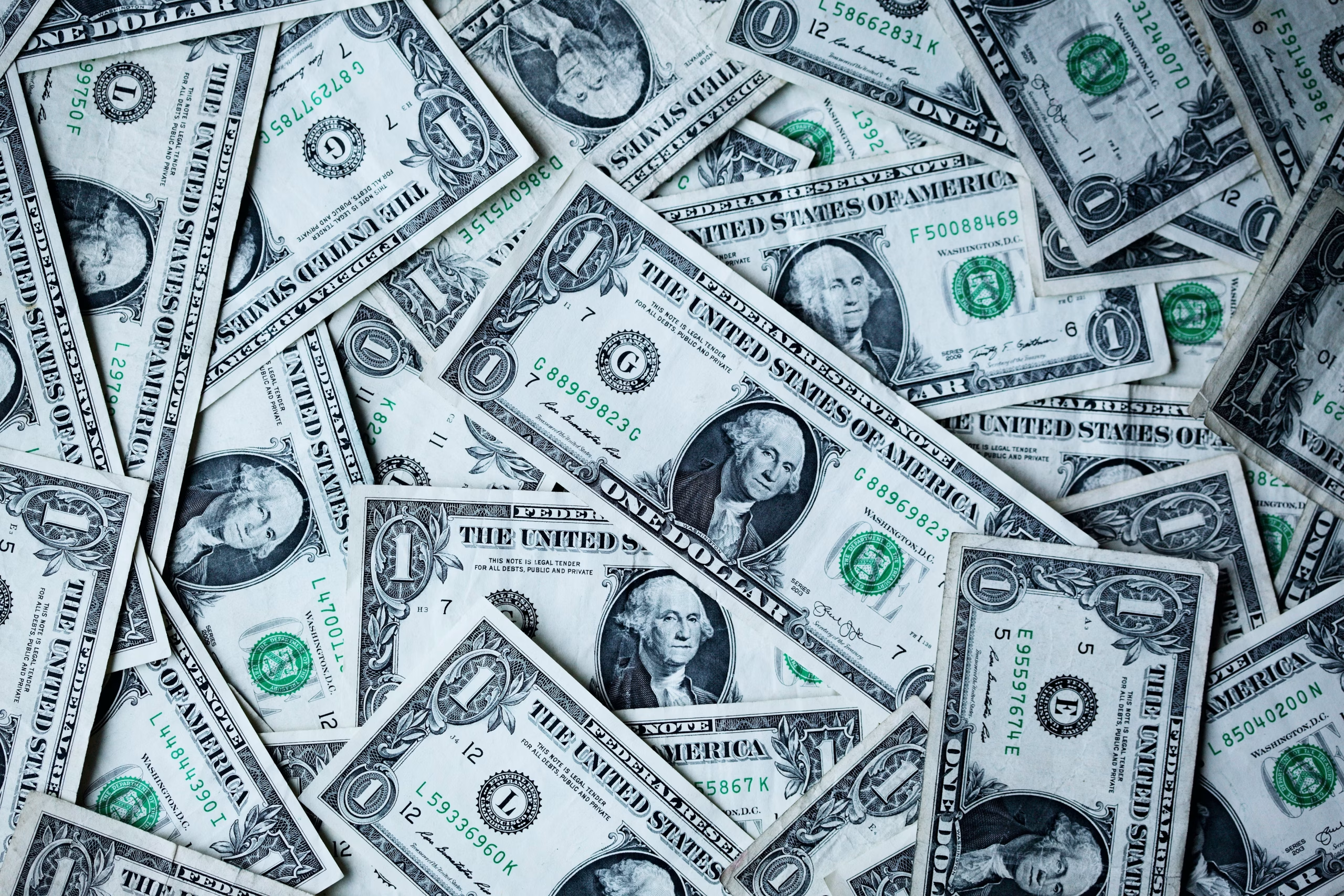
Student Loan Help After a Natural Disaster
Millions of Americans are still grappling with the catastrophic impacts of Hurricane Helene this week.The massive storm has caused severe destruction across the southeast, including in Florida, Georgia, North Carolina and Tennessee.
When your home gets damaged or destroyed, or you’re without running water or electricity, the last thing on your mind is student loans.But with two critical student loan relief programs ending this week, falling behind on payments could have severe consequences, adding more stress to a crisis situation.
The on-ramp program had protected federal student loan borrowers who fall behind on payments from negative consequences such as adverse credit reporting or late fees.It also prevented them from going into default.
But in conjunction with the end of Fresh Start, a default resolution and protection program, missing federal student loan payments may now lead to severe repercussions.The good news is that borrowers impacted by a natural disaster have some options.Here’s a breakdown.SAVE plan forbearance has already paused payments and interest More than eight million borrowers who had been enrolled in the Saving on a Valuable Education (SAVE) plan — a new income-driven repayment (IDR) plan that lowers payments and fast-tracks student loan forgiveness for some — are currently in forbearance due to legal challenges. During the forbearance, no payments are due, and no interest accrues.
However, this period won’t count toward loan forgiveness under either IDR or Public Service Loan Forgiveness (PSLF).Borrowers impacted by Hurricane Helene who were already in SAVE forbearance don’t need to worry, at least for now.The forbearance is still in effect, and it doesn’t look like that will change anytime soon. The legal challenge is still with the 8th Circuit Court of Appeals, with no major rulings expected for at least another few weeks.Most likely, any decision will be appealed to the U.S.
Supreme Court, which probably wouldn’t issue a ruling until the summer of 2025.So, there’s a chance that the SAVE plan forbearance may continue for quite some time.See Your Lowest Payment If SAVE Is Blocked Natural disaster forbearance available for student loan borrowers For federal student loan borrowers not in SAVE forbearance but unable to make payments due to catastrophic disasters, a special natural disaster forbearance is available. “Are you a borrower in repayment who was affected by a natural disaster in the area where you live or work? If so, you can ask your loan servicer to pause or reduce your loan payments for up to 90 days through a natural disaster forbearance,” says Education Department guidance. This forbearance will pause payments and keep loans in good standing, though interest will still accrue.This option doesn’t count toward PSLF.The natural disaster forbearance can also be extended.
“Once the initial forbearance period related to the disaster is over, you may ask for more forbearance time,” says the department.“Your servicer can grant additional forbearance time, in 30-day increments.But your total period of forbearance can’t exceed a maximum of 12 monthly billing cycles from the date of the disaster.” The Education Department can also extend certain deadlines, such as IDR recertification, in areas affected by natural disasters.Other deferment and forbearance options to consider Borrowers affected by disasters can request other deferment and forbearance options, although each has important considerations.
General forbearance A general forbearance is another mechanism for postponing repayment.However, like natural disaster forbearance, it doesn’t count toward loan forgiveness under IDR or PSLF, and interest continues to accrue.Borrowers typically have 36 months of general hardship forbearance available over a loan’s repayment term.Economic Hardship deferment Borrowers who’ve experienced a severe income reduction or receive public benefits can qualify for an Economic Hardship deferment.
This option not only postpones payments, but the government may also cover interest on subsidized federal student loans during the deferment. Importantly, under new regulations that went into effect in July 2023, Economic Hardship deferments now count toward PSLF forgiveness.Related: 10 Types of Student Loan Deferment and Forbearance Comparison of deferment and forbearance options Relief optionWho qualifiesDurationNatural disaster forbearanceBorrowers impacted by a natural disasterUp to 90 daysGeneral forbearanceBorrowers facing financial hardshipUp to 12 monthsEconomic Hardship defermentBorrowers with significant income reduction or receiving public benefitsUp to 3 years How to apply for IDR plans or recalculate student loan payments Borrowers who can’t afford current payments but want to avoid forbearance can consider changing their repayment plans.Those not already in an IDR plan but facing reduced income can apply for IDR to base payments on their current income.Low-income borrowers could qualify for low or even $0 monthly payments for up to 12 months under IDR. Borrowers already in one of these IDR plans but experiencing income reductions can request a recalculation of their IDR payments at any time due to changed circumstances.
IDR plan availability and legal challenges Borrowers should be aware of complications within the IDR system due to the ongoing SAVE plan legal challenges.First, the only IDR plan most borrowers can enroll in currently is Income-Based Repayment (IBR), which may not be the most affordable option.Borrowers can apply for the SAVE plan, but they can’t actually enroll until the legal injunction blocking the program is resolved.“Borrowers may apply for the following income-driven repayment (IDR) plans: SAVE (previously known as REPAYE) and Income-Based Repayment (IBR),” says updated Education Department guidance. “We encourage borrowers to review the specifics of each IDR plan in order to make the best choices for their circumstances.
For example, if a borrower enrolls in an IBR Plan and then moves to a different repayment plan, accrued and unpaid interest will capitalize (be added to the principal balance).” Submitting income documentation The Education Department recently restored the online IDR application, which had been removed as a result of the SAVE plan injunction.Borrowers whose financial circumstances have changed may need to submit alternative documentation of income (such as a pay stub or self-certifying statement) if their prior year’s tax return doesn’t reflect their current income. Expect delays in processing IDR applications However, delays in processing are expected whether you’re enrolling in an IDR plan for the first time, changing IDR plans or requesting a recalculation.“Borrowers should also note that, as a result of the injunction, servicers have temporarily paused processing of IDR applications until we can ensure applications are processed correctly,” says the department.“Borrowers should expect a lengthy delay in processing of applications, especially for borrowers applying for SAVE/REPAYE.
We do not currently have an estimate of how long this will take.”
Publisher: Source link





